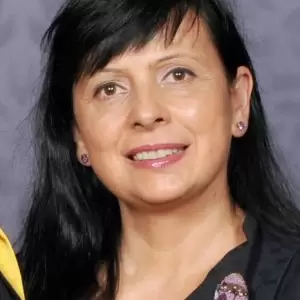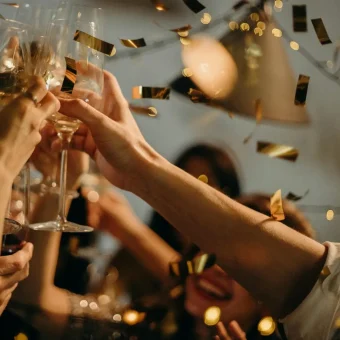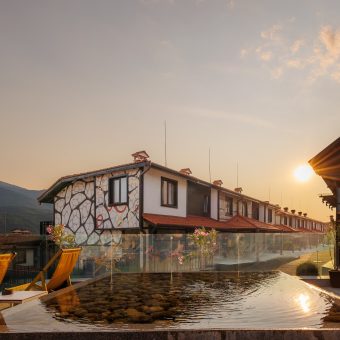The romance of the old town in Bansko
Bansko is the cradle of Bulgaria and a spiritual center from the time of the Bulgarian revival. An echo of the past is the old quarter of the city. The monument of Paisius Hilendarski and the emblematic church “St. Trinity”. Away from the neon glow of the modern ski resort, here you will find yourself surrounded by the romantic atmosphere of narrow cobbled streets and centuries-old fortress houses.
Everything that can be said about Bansko and its people is centered in the history of the church “St. Trinity”. It was completed in 1835. and is the largest newly built Orthodox church in the Balkans during the Ottoman Empire. The idea for its construction came from the bathing merchants from Budapest and Vienna, who also turned out to be good diplomats regarding the High Gate. Therefore, at the southern church entrance, there is a cross and an Ottoman crescent carved in the stone. The building, the decoration, the icons, the tower, the clock and the bells are the work of the masters of the baths. The large-scale initiative is financed by a donation campaign in which the entire local population participates. A remarkable document from that time is the preserved list of donors from 1834, in which all Bans families are recorded.
The church is an active temple with liturgies in the morning and evening. The ringing of the Veleganov brothers’ silver bells, which were installed in 1894, is unforgettable. The song of the bells gathers numerous guests near the clock tower, who reward the talented local bell ringers with non-stop applause. It is a source of pride for Ruskovets that the complex’s clock and bells are the work of the heirs of the “Veleganov Brothers”, thus the tradition continues into the future.
The activity of bath merchants in Western Europe was important for the cultural advancement of Bulgarians in the 18th and 19th centuries. Their names are associated with the construction of the Orthodox Church “St. Mother of God” in Budapest and at “St. Trinity” in Vienna. The path of the famous icon painter Toma Vishanov-Mollera began precisely there, continued in Sremski Karlovtsi and left a strong mark in Bulgarian Renaissance icon painting. An exhibition of original works by the Painters can be seen in the old Metoch.
Right next to the church is the museum of Neofit Rilski – the first Bulgarian secular teacher. The exposition includes a cell school, a collection of archival documents and the portrait of Neofit Rilski, created by his student Zachary Zograf.
The traditional lifestyle and life of a large family is shown in the “Velyanova House” museum. Cranes are painted on the facade, symbols of longevity, fidelity and happiness. Stairs lead to a wide, cool corner veranda with hand-woven rugs. The house has a comfortable distribution of rooms, colorful walls and cupboards.
Guests of Bansko can get to know the rich historical and cultural heritage of the city by also visiting: Ethnographic Museum in the Radon House, Paisii Hilendarski Spiritual-Historical Complex and Nikola Vaptsarov’s House-Museum.
The price of the museum ticket is BGN 1. for children and BGN 3. for adults. Opening hours are every day from 9:00 a.m. until 5:00 p.m. with a break between 12:00 p.m. and 2:00 p.m.
The museum offers qualified tour guide services in Bulgarian, English and Russian. The circular tours start from the house-museum of Nikola Vaptsarov, where the management of the complex is also located.
Do not miss to take your walk in Bansko and the region and touch all the places that will strongly connect you with the Bulgarian roots and spirit.
BANSKO, PL. “NIKOLA VAPTSAROV” 3
TELEPHONES
+359 749 83 132; +359 749 88 304






